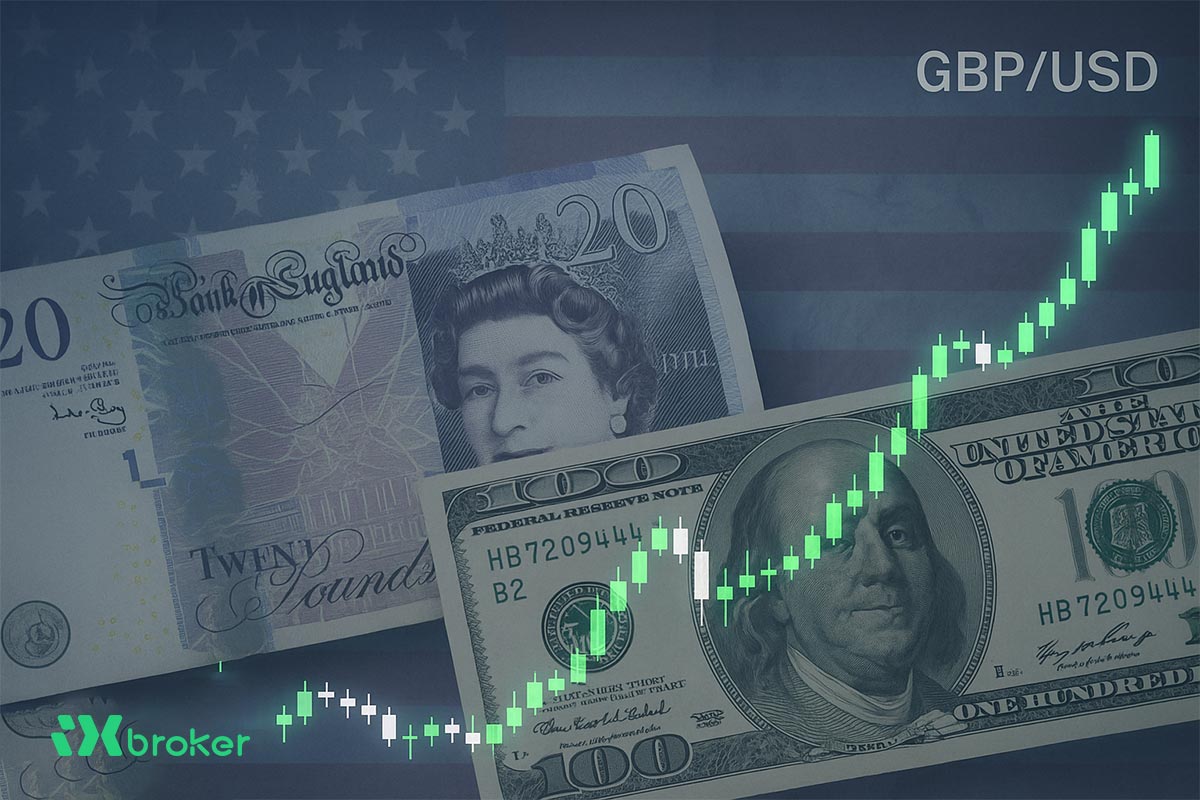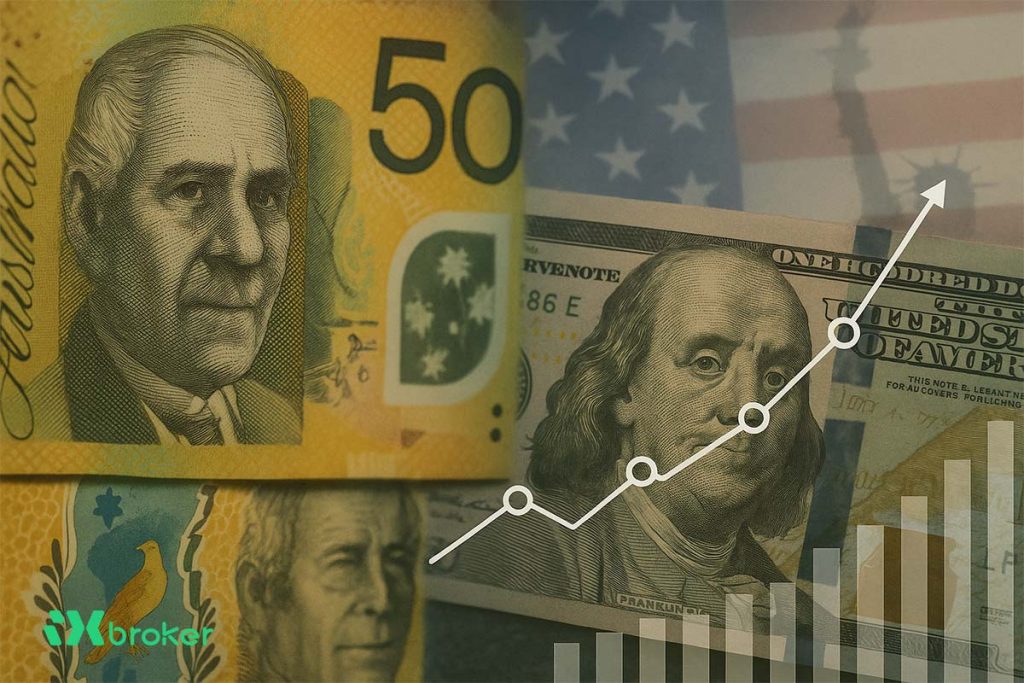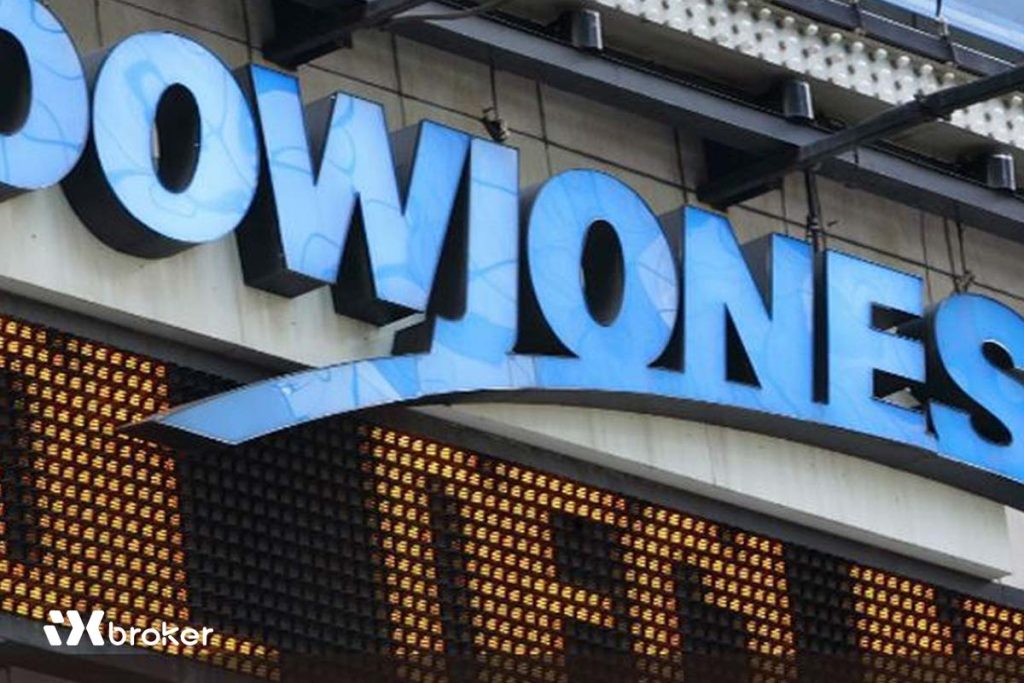The Pound Sterling (GBP) outperformed its major peers at the start of the week, buoyed by stronger-than-expected UK economic data and dovish market sentiment surrounding the Federal Reserve (Fed). Recent figures from the United Kingdom’s Office for National Statistics (ONS) showed a surprise rebound in consumer spending, while upbeat S&P Global PMI data signaled renewed momentum in private sector activity.
Retail Sales rose by 0.5% month-on-month in September, defying expectations of a 0.2% decline. Meanwhile, the Manufacturing PMI improved to 49.6, up from 46.6, reflecting a slower pace of contraction. The Composite PMI climbed to 51.1, suggesting that overall business activity is expanding modestly.
Mixed signals for the Bank of England
The combination of robust consumer spending and improving business activity may ease some pressure on Bank of England (BoE) policymakers. However, concerns persist as companies continue to reduce staff amid subdued business confidence. These labor market challenges remain a key focus for the BoE, particularly after data earlier this month showed the ILO Unemployment Rate rising to 4.8%—its highest since mid-2021.
Daily digest: GBP/USD rebounds as Fed expectations weigh on the Greenback
The Pound snapped a six-day losing streak against the US Dollar (USD) on Monday, climbing toward 1.3350 during the European session. The move was driven largely by USD weakness, as traders increased bets that the Fed will cut interest rates by 25 basis points at Wednesday’s policy meeting, bringing the target range to 3.75%–4.00%. This would mark the central bank’s second consecutive rate cut.
At the time of writing, the US Dollar Index (DXY), which measures the Greenback against a basket of six major currencies, was trading around 0.1% lower near 98.80. Softer US inflation data released on Friday reinforced expectations for a more accommodative Fed stance, with the September CPI showing modest monthly increases of 0.3% for headline inflation and 0.2% for the core measure.
Global sentiment supports both currencies
Broader market sentiment improved as hopes for a US-China trade deal gained traction. US President Donald Trump expressed confidence on Monday that an agreement could be reached following his upcoming meeting with Chinese President Xi Jinping.
US Treasury Secretary Scott Bessent also signaled progress, suggesting that additional tariffs and export control measures may be deferred after constructive talks with Chinese Vice Premier He Lifeng at the ASEAN summit in Malaysia.
Technical analysis: GBP/USD holds above key support
From a technical perspective, GBP/USD is consolidating near a 12-day low around 1.3310, with price action fluctuating around the 200-day Exponential Moving Average (EMA) at 1.3300—a level that could define short-term direction.
The 14-day Relative Strength Index (RSI) remains close to 40.00, suggesting limited bullish momentum. A drop below this threshold could trigger renewed selling pressure. On the downside, support lies at the August 1 low of 1.3140, while the psychological resistance at 1.3500 marks the next key upside target.



